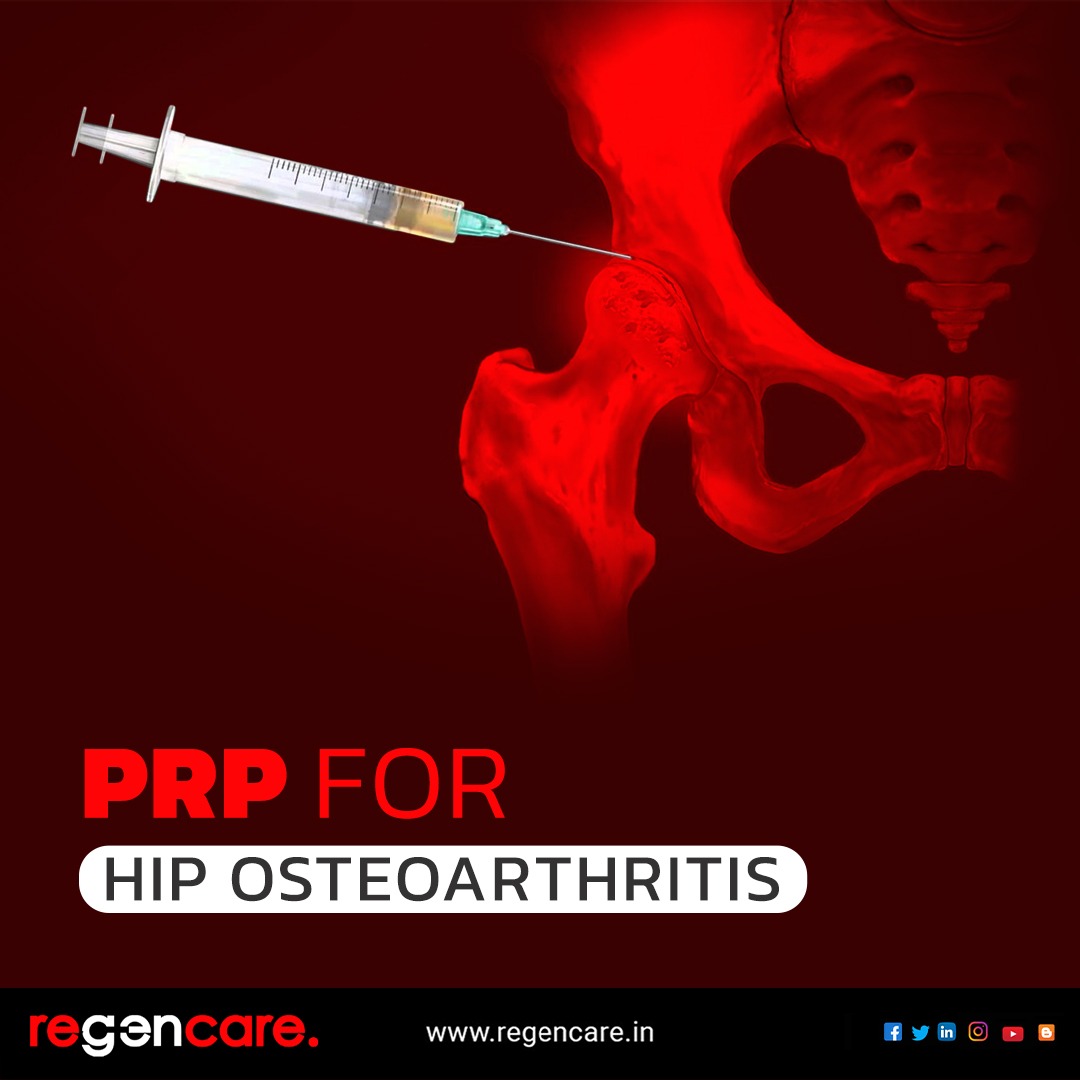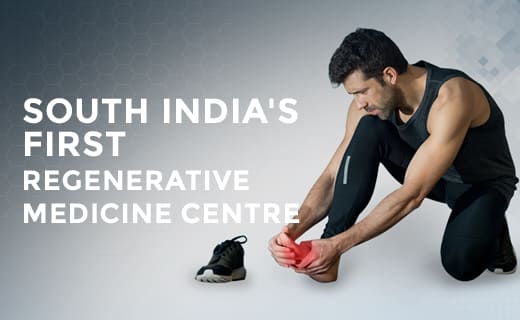
Almost everyone, regardless of age, will occasionally experience hip pain. Cartilage and synovial fluids in your body's joints act as cushions, allowing the ends of the bones to glide over one another with ease. These materials act as lubricants to lessen friction. They make it possible for you to carry on with your regular activities.
However, this layer of cartilage and synovial fluids starts to disintegrate as people age. If bone spurs start to grow, the hip joint's structure and functions may drastically change. Your joints may experience extreme discomfort as a result. PRP hip injections are effective for hip pain and hip osteoarthritis because they can prompt the body to replace damaged cartilage and synovial fluids, restoring your range of motion.can help here.
Reasons why a PRP hip injection is a more practical remedy
PRP hip injection may be the best therapeutic option when compared to traditional ones. PRP regenerative therapy uses your body's inherent capacity for self-healing to ease pain and speed up recovery. The serum used in PRP therapy can aid in the body's ability to regenerate synovial fluid and worn-out cartilage.
-
Advantages of PRP
The advantage of PRP therapy is that, in contrast to other forms of treatment, it has a long-lasting effect and is regarded as a permanent solution. Traditional therapy approaches frequently focus on pain relief rather than addressing the underlying problem. But PRP treatment addresses the root cause of the problem.
-
How is PRP created?
PRP creation can be done quickly, painlessly, and conveniently during an office visit. It just takes about 25 to 30 minutes from the time blood is drawn until the solution is ready. Similar to a typical blood test, a small sample of the patient's blood is extracted then it is put into a centrifuge. In order to separate the blood into concentrated platelets and red blood cells, the centrifuge spins the blood at a high rate of speed. Following blood separation, red blood cells are eliminated, leaving concentrated platelet rich plasma (PRP), which is prepared for use in the healing process.
-
Recovery time
Within four to six weeks, the majority of patients begin to experience symptoms of improvement, such as less pain or improved function. In the weeks that follow the injections, it is advisable to keep up a well-planned physical treatment regimen and to refrain from engaging in strenuous physical activity or overloading the injected tissues. This promotes the best possible healing of the tissues.
PRP - Are there any risks?
Due to the fact that PRP is made from your own blood, it is a particularly risk-free therapy choice. However, there is a chance of infection, haemorrhage, and nerve injury whenever a needle is inserted into the body. These risks are extremely rare and do not occur frequently.
Call us or fill out an online appointment request to learn more about Platelet Rich Plasma therapy. Visit www.regencare.in for more.










